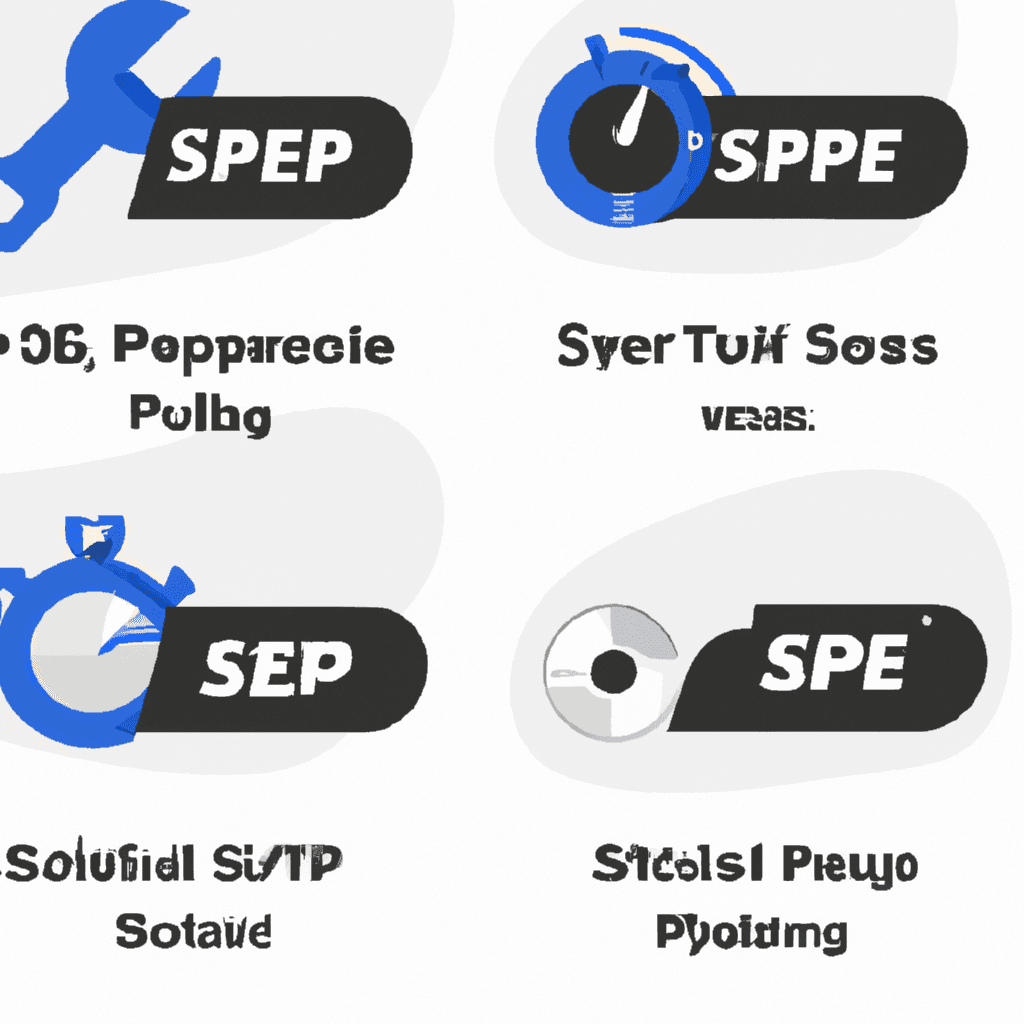Cultivating Your Digital Garden: 5 Strategies for Content Diversification

Cultivating Your Digital Garden: 5 Strategies for Content Diversification
Creating content online is a lot like growing a garden. You need various types of plants to make it interesting – some flowers, a few trees, maybe even a vegetable patch. When you make different kinds of content for people to enjoy, you'll be able to reach more people, just like a well-rounded garden attracts lots of different insects and birds.
Understanding the Importance of a Diverse Digital Garden
Imagine walking through two different gardens: one has only red roses, while the other has roses, daisies, sunflowers, and even a little pond with frogs. Which one do you think most people would find more fun to explore? The second one, right? That's because it's full of different things to see and do. This is very much like creating content. When you have a variety of content, people will stay longer on your website, just like they would in a diverse garden.
A diverse digital garden can help you in many ways:
-
Attract more visitors: Just like different plants attract various creatures, diverse content can attract different people. By having a mix of blog posts, videos, infographics, and podcasts, you can cater to different preferences and capture the attention of a wider audience.
-
Keep people interested: If someone finds lots of different things they like, they'll probably stick around longer. By diversifying your content, you can provide a continuous stream of fresh and engaging material that keeps your audience coming back for more. Whether it's a captivating video, an informative blog post, or a visually appealing infographic, each piece of content adds value and holds the interest of your visitors.
-
Help you stand out: There's a lot of stuff on the internet, but by having a special mix of content, you can make your place unique, like a garden with a rare flower. When you offer a diverse range of content, you differentiate yourself from competitors who may only focus on one type of content. This distinctiveness can help you build a strong brand identity and attract a loyal following.
Strategy 1: Plant a Variety of Content Flowers
Think of each type of content as a different flower in your garden. Some people might love blog posts (roses), others might prefer videos (sunflowers), and some are drawn to podcasts (daisies). By having a mix, you can make sure there's something for everyone.
Here are some kinds of content flowers you can plant:
-
Blog posts: These are like the roses of the internet – classic and popular. Blog posts allow you to dive deep into a topic, provide valuable insights, and showcase your expertise. They are great for conveying detailed information and building a connection with your audience.
-
Videos: Videos are like sunflowers; they stand tall and can quickly grab attention. Video content is becoming increasingly popular online, with platforms like YouTube and TikTok gaining massive traction. By incorporating videos into your content strategy, you can engage visual learners, communicate complex ideas more effectively, and create a memorable experience for your viewers.
-
Infographics: These are like marigolds; they're bright and give quick bursts of interesting information. Infographics are highly visual, easy-to-digest representations of data, statistics, or concepts. They are visually appealing and provide information in a concise and engaging manner. Infographics can be shared on social media platforms, embedded in blog posts, or used to spruce up presentations.
-
Podcasts: Think of podcasts as daisies because you can find them everywhere, and they're perfect to enjoy while doing other things. Podcasts have gained immense popularity in recent years, allowing people to consume content on the go. Through podcasts, you can share stories, conduct interviews, provide educational content, or simply have entertaining conversations. They are a great way to connect with your audience on a more personal level.
By diversifying your content with these flowers, you create a rich and captivating digital garden that appeals to a wide range of preferences and interests.
Strategy 2: Cultivate Content That Changes with the Seasons
Some plants only bloom for a short time, like tulips in spring. This is like content that's about something happening right now – like a new video game release or a famous person doing something cool. Then there are plants that are green all year, like pine trees. This is like content that stays interesting forever, like how to tie your shoes or facts about dinosaurs.
Balance your garden with these types of content:
-
Seasonal content: This content blooms fast but doesn't last long. It's great for getting quick attention. Seasonal content can take advantage of current trends, events, or holidays to attract a spike in traffic and engagement. For example, you can create a blog post about the latest fashion trends for the upcoming season or a video recap of a popular sports event. By tapping into the current interests of your audience, you can generate buzz and drive more traffic to your website.
-
Evergreen content: Just like pine trees, this content stays relevant regardless of the season. Evergreen content provides value over an extended period and continues to attract visitors long after its initial publication. This type of content addresses timeless topics, fundamental concepts, or frequently asked questions. Examples include comprehensive guides, tutorials, product reviews, or industry insights. By creating evergreen content, you establish yourself as a trusted resource in your niche and generate consistent organic traffic.
By balancing seasonal and evergreen content, you ensure a constant flow of fresh content while also building a strong foundation of valuable resources that drives long-term traffic growth.
Strategy 3: Create Spaces for People to Engage
Your digital garden should have special spots where people can do more than just look at the flowers. They could have a bench to sit on or a pond to play by. In the online world, these spaces are places where visitors can talk about the content, like a comments section or social media pages.
-
Discussion forums: This is like a gazebo in the garden where people can chat. Discussion forums provide a dedicated space for your audience to engage with each other and discuss various topics related to your content. They foster a sense of community and encourage visitors to come back repeatedly to connect with like-minded individuals. By actively moderating and participating in these forums, you can build strong relationships with your audience and gain valuable insights into their needs and preferences.
-
Comments sections: These are like benches where visitors can sit and talk about what they’ve seen and read. The comments section of your blog posts or videos serves as a platform for your audience to share their thoughts, ask questions, or provide feedback. By responding to comments and fostering meaningful conversations, you demonstrate your engagement and establish a connection with your readers or viewers. Encouraging interaction through comments helps to build a loyal community around your content.
-
Social media profiles: Think of these like bird feeders, where people gather to see what's new and chat with others. Social media platforms offer an opportunity to extend the reach of your content and connect with a broader audience. By regularly posting updates, sharing valuable insights, and engaging with your followers, you can strengthen your brand presence and drive traffic back to your website. Social media also allows for real-time conversations and provides a platform for your audience to share your content with their own networks.
By creating engaging spaces for people to interact and share their thoughts, you transform your digital garden into a thriving community where visitors become active participants and ambassadors for your brand.
Strategy 4: Don’t Forget the Garden Paths – Navigation Matters
Imagine if the garden paths were all twisty and overgrown, and you couldn't find your way. This is what it’s like if your website is hard to navigate. People should be able to find all the great content easily, just like being able to follow a clear path in a garden.
Keep these paths clear:
-
Menus: Make sure your website menu is easy to see and use. The menu is the central navigation tool on your website, guiding visitors to different sections and pages. It should be well-structured, intuitive, and prominently displayed for easy access. Categorize your content under relevant menu headings to ensure visitors can quickly find what they're looking for.
-
Search bars: A search bar is like a map in your garden; it helps people find exactly what they're looking for. Incorporate a search bar on your website to facilitate quick and targeted content discovery. This feature allows visitors to directly search for specific topics, keywords, or products, saving them time and ensuring they find the most relevant content.
-
Content categories: These are like signs in the garden, guiding people to the content they want to see more of. Organize your content into distinct categories or topics, allowing visitors to easily navigate to the content they are most interested in. By using clear and descriptive category names, you provide visitors with a logical structure and help them explore related content seamlessly.
A well-designed and user-friendly navigation system ensures that visitors can easily explore your digital garden, discover valuable content, and have a positive browsing experience.
Strategy 5: Regularly Tend to Your Garden
No garden stays pretty without a gardener to take care of it. You'll need to pull out the weeds (delete spam comments), water the plants (update your old content), and occasionally plant new things (create new content).
Here's how to keep your garden growing:
-
Update frequently: Just like watering plants, upload new content regularly. Regularly adding fresh content to your website not only keeps your audience engaged but also signals to search engines that your site is active and relevant. This can improve your search engine rankings and drive more organic traffic. Aim for a consistent publishing schedule and incorporate a content calendar or editorial plan to streamline your content creation process.
-
Refresh old posts: Sometimes older content needs a little trimming or new information to stay relevant, like pruning a bush. Go back to older posts and articles periodically to ensure they are up to date. Update statistics, refresh examples, and add new insights to keep the content current and valuable. Additionally, consider repurposing old content into new formats, such as turning a popular blog post into a video or creating an infographic summarizing key points.
-
Respond to your audience: When someone leaves a comment, write back! It's like saying hello to someone admiring your garden. Engage with your audience by responding to comments, questions, and feedback. Show appreciation for their input and provide helpful insights or additional information. This two-way communication fosters a sense of community and strengthens the relationship between your brand and your audience.
Regularly tending to your digital garden ensures that it remains vibrant, engaging, and relevant. By providing fresh content, updating existing material, and actively engaging with your audience, you cultivate a thriving online presence.
Conclusion: Why Your Digital Garden Matters
Just like how a beautiful garden can make someone's day, your digital garden can help, inspire, or teach someone something new. And when you make sure to have a variety of things to see and do, you can reach more people with your awesome content.
Remember, a gardener never stops learning. By trying out new things, talking to other content creators, and always looking for new inspiration, your digital garden can bloom into something truly wonderful that makes the internet a better place, just like a vibrant, flourishing garden makes the world more beautiful.
And when you do it right, your digital garden can become a favorite hangout spot for people from all over the place, just like a park on a sunny day. It can be a place where people come to laugh, learn, and share with friends, which is a pretty awesome thing to grow.
Now go out there and plant some content flowers, create engaging spots, clear the paths, and watch as your digital garden grows!

Top 5 Unexpected Ways Musical Improvisation Can Enhance Your Blogging Strategy

Cultivating Variety: 5 Gardening Techniques to Enrich Your Content Strategy

5 Ancient Cartography Techniques That Influenced Modern Mapping

Top 5 Strategies for Enhancing Cross-Disciplinary Research Collaboration

Top 5 Ways Cognitive Flexibility Enhances Content Creation

Top 5 Cognitive Behavioral Strategies for Entrepreneurs Seeking Peak Performance

5 Effective Time Management Strategies for Busy Entrepreneurs

The Role of Circadian Rhythms in Content Creation: Maximizing Productivity and Creativity

Maximizing Your Harvest: 5 Surprising Lessons from High-Tech Blogging Platforms

Top 5 Explosive Growth Hacking Case Studies for Newbies

Cracking the Code: Understanding the Costs of WordPress Website Maintenance

Top 7 Proven Strategies to Market Your Multi-Niche Blogs and Maximize SEO Impact

Revolutionizing Content Creation: How Auto-Blogging Platforms are Changing the Game

How to Achieve Seamless Auto-Scaling for Your E-Commerce Store with AWS and React

Unveiling OneClickBlog: Streamline Your Content Creation with Automated Multi-Blogging

How to Generate Passive Income Effortlessly with Automated Blogging

Transform Your Blog: Discover 5 Must-Have AI Tools for SEO-Optimized Content

Unleashing the Power of Auto-Blogging: A Guide for Content Creators

WordPress vs. Shopify: Mastering SEO for Quick Rankings in 2023

Revolutionizing Digital Entrepreneurship: Harnessing Auto-Blogging and Affiliate Marketing

Transitioning from Job Hunt Frustrations to Startup Founding: Is It Your Path Forward?
